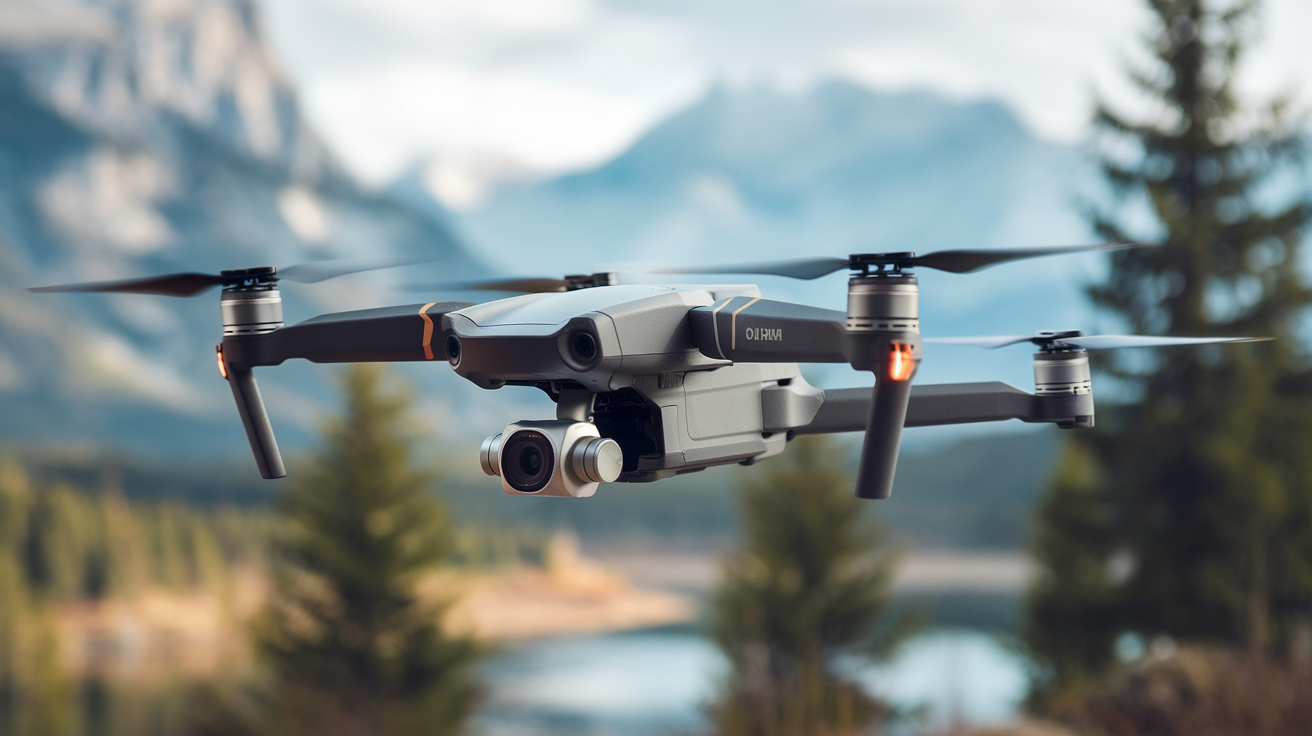The Unmanned Aerial Vehicle (UAV) market is experiencing transformative growth, with the global market projected to increase from USD 30.2 billion in 2024 to an impressive USD 48.5 billion by 2029, achieving a CAGR of 9.9%. This expansion is largely driven by two pivotal factors: the growing integration of UAVs into enterprise solutions across industries and continuous technological advancements. These developments are setting new standards for UAV functionality and usage across commercial, industrial, and governmental sectors.
Download PDF Brochure @ https://www.marketsandmarkets.com/pdfdownloadNew.asp?id=662
1. Enterprise Solutions: Expanding UAV Applications Across Sectors
UAVs are no longer confined to military applications or recreational use; their role in enterprise solutions is fueling unprecedented growth across several industries:
- Agriculture: UAVs are transforming agriculture by providing precise data for crop monitoring, irrigation management, and pest control. The use of drones for precision farming—through aerial imaging and data analytics—enables farmers to optimize resources and improve yields, addressing the growing demand for food globally.
- Logistics: The logistics and transportation industries are capitalizing on UAVs for last-mile deliveries, warehouse inventory management, and supply chain monitoring. Major companies are already testing drones for automated delivery services, significantly reducing operational costs and delivery times.
- Construction and Infrastructure: Drones are being deployed in surveying, mapping, and site inspections. UAVs provide real-time aerial data for infrastructure projects, making construction processes faster and more accurate, reducing human errors, and enhancing safety on worksites.
- Energy and Utilities: The oil & gas and renewable energy sectors are utilizing UAVs for pipeline inspections, wind turbine maintenance, and solar panel monitoring. Drones equipped with high-resolution cameras and sensors are capable of accessing remote and hazardous areas, reducing downtime and improving the efficiency of inspections.
The growing adoption of UAVs across these sectors is spurred by the ability of drones to automate tasks, reduce operational costs, and enhance precision. This increasing use of UAVs in enterprise solutions is a key factor driving the global market’s rapid expansion.
2. Technological Advancements: Revolutionizing UAV Capabilities
Technological innovation remains a key driver behind the growing capabilities and market penetration of UAVs. Several cutting-edge technologies are playing a pivotal role in the UAV industry’s development:
- Autonomous Drones: The rise of fully autonomous UAVs is transforming the market. With advancements in artificial intelligence (AI), machine learning, and computer vision, drones can now operate independently without human intervention. Autonomous drones are being deployed for surveillance, search-and-rescue missions, and industrial inspections, drastically reducing labor costs while improving efficiency and accuracy.
- BVLOS (Beyond Visual Line of Sight) Operations: The development of drones capable of BVLOS operations is expanding the range of UAV missions. This breakthrough is especially valuable for applications such as long-range surveillance, environmental monitoring, and infrastructure inspections over large geographic areas. BVLOS-enabled drones can cover more ground, making them highly suitable for industries like agriculture, energy, and telecommunications.
- Next-Generation Wireless Connectivity (5G): The integration of 5G technology into UAVs is another game-changer, enabling low-latency, real-time communication between drones and ground control systems. This high-speed wireless connectivity facilitates urban air mobility (UAM) applications, including air taxis and drone deliveries in congested urban areas. 5G also supports real-time data transfer for applications that require immediate analytics, such as disaster response and emergency services.
- Advanced Sensors and AI-Driven Analytics: UAVs are now equipped with cutting-edge sensors that provide high-resolution imagery, thermal imaging, and LiDAR-based mapping. Coupled with AI-driven data analytics, these sensors enable drones to generate actionable insights in real time. Industries such as mining, forestry, and environmental monitoring are benefitting from UAVs capable of performing complex analytical tasks, reducing the need for manual inspections and boosting decision-making efficiency.
3. Regulatory Support and Infrastructure Development
A crucial factor enabling the broader adoption of UAVs in commercial and industrial sectors is the development of regulatory frameworks that facilitate safe and effective drone operations. Governments and aviation authorities worldwide are working to create comprehensive regulations governing UAV operations, including standards for BVLOS, autonomous navigation, and airspace integration.
- In the United States, the Federal Aviation Administration (FAA) is actively working on integrating drones into the national airspace system through programs like Part 107, which regulates small commercial UAV operations. Additionally, the FAA’s UAS Integration Pilot Program (IPP) aims to explore and promote safe drone usage across industries.
- In Europe, the European Union Aviation Safety Agency (EASA) has developed uniform drone regulations across member states, easing the process for businesses looking to deploy UAVs in commercial applications.
These regulatory advancements are crucial in unlocking new business models and commercial applications for UAVs, particularly in industries like real estate, surveying, disaster management, and public safety.
Ask for Sample Report @ https://www.marketsandmarkets.com/requestsampleNew.asp?id=662
The global UAV market is positioned for remarkable growth over the next five years. The convergence of enterprise demand, regulatory support, and breakthrough technologies such as autonomy, BVLOS, and 5G is creating new opportunities for businesses to capitalize on the benefits UAVs offer.

